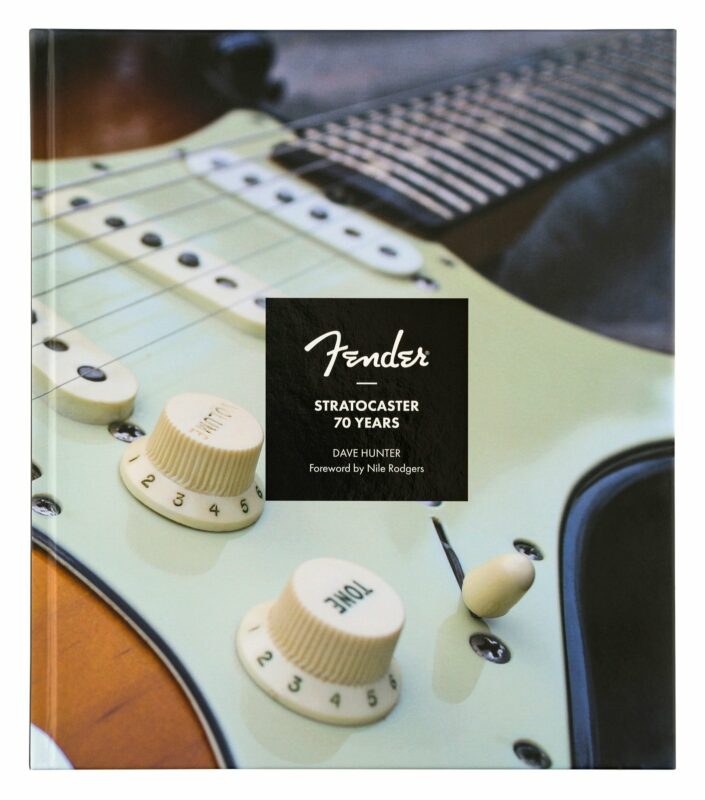
We’ve all had the experience of auditioning an audio component of interest at a dealership—with the salesman standing right behind you. Not too much pressure, right? Well, imagine doing it with ten people watching, and all taking place in a very small space. The small space in question was Mark Wilder’s mastering room at Battery Studios in Midtown Manhattan, previously the legendary Record Plant and now a major Sony Music Entertainment production facility. The occasion was Sony’s introduction of a line of high-end portable audio products, its new Signature Series. These include the MDR-Z1R headphones (MSRP $2300), the TA-ZH1ES headphone amplifier ($2200), and two new player models, the NW-WM1Z Walkman ($3200) and the NW-WM1A Walkman ($1200). All but the last will be available in November; the less expensive Walkman is slated to arrive at “a select group of Sony authorized dealers” in early 2017.
The concept communicated by all the engineers and marketing people crammed into that little room was that these products aim to provide a portable audiophile experience. “Portable” in this case doesn’t mean a four-ounce player and a set of ear buds to wear on the StairMaster but, rather, something you could bring along on a business trip or vacation to enjoy a higher quality listening experience. The NW-WM1Z Walkman has a gold-plated, oxygen-free, copper chassis said to “reduce contact resistance and oxidation while minimizing magnetic interference” and uses Kimber Kable in its manufacture. Both players support virtually every high-resolution format, including quadruple DSD. It has a satisfying heft when you hold one in your hand—you’re definitely not jogging with one of these babies in your T-shirt pocket.
Sony’s TA-ZH1ES headphone amplifier has a hybrid circuit design, with both digital and analog elements. Lower resolution files can be upsampled; a proprietary DSD Remastering Engine converts PCM to 4X DSD. The MDR-Z1R is a substantial pair of headphones—Mark Wilder participated in their design—that employ a 70mm magnesium dome driver, an aluminum-coated diaphragm with an LCP (liquid crystal polymer) edge, a robust neodymium magnet, and a resonance-free housing. Real leather covers the “ergonomically-correct” ear pads.
Sony arranged a series of demonstrations for a few journalists at a time to experience the Sony gear and make an immediate A/B comparison to the system Wilder uses for mastering, which includes Duntech Princess loudspeakers deployed in an acoustically perfect environment. A subject—that’s what I’m calling myself in this setting—sat in Wilder’s seat listening as the engineer switched back and forth between the Duntechs and the headphones. Musical selections included Paul Simon’s Graceland, a recent version of The Rite of Spring, Lang Lang’s recording of the Bartók Piano Concerto No. 2, and cuts by Fred Hersch and Bill Charlap (from his recent Notes from New York album). What did I conclude with all those eyes watching me? Well, I’ve never been much of a headphone user but was surprised by how close these two listening experiences came to one another. The decay characteristics were amazingly similar; dynamics and spatiality were as involving with the ’phones as with the mighty Duntechs.
Sony feels it has a large potential constituency among millennials who seem to have a strong appreciation for a realistically immersive listening experience. I hope the company is right, and that this is perhaps what perfectionist audio will increasingly look like in 20 years—an audiophile will carry his or her reference system in an overnight bag.

By Andrew Quint
More articles from this editorRead Next From News
See all
The New Sonore opticalRendu Deluxe Has Arrived
- Apr 17, 2024

FENDER STRATOCASTER® 70TH ANNIVERSARY BOOK
- Apr 15, 2024




















